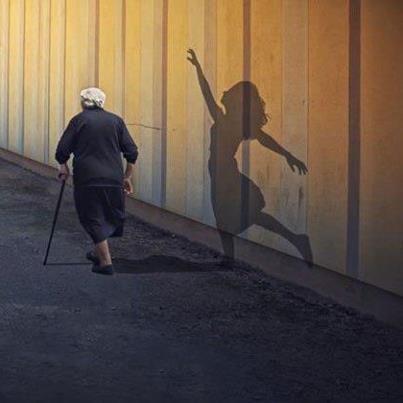Hi WinkWorld Readers,
Teachers and Teacher Educators, this one is really for you.
About 6 months ago, a colleague, Beth Skelton, and I had a discussion of instruments for shadowing a student. We agreed that we had never found an instrument, which really worked for both of us and for others. Beth has been working on a new instrument since that time, and we want to share with you. Beth will also be sharing her work at a couple of conferences, so she may have more to share.
When I speak of shadowing, I am only speaking of shadowing to learn more about a child’s language abilities. Shadowing a student can be used in many diverse contexts (to create more empathy; to promote independence; to understand a student’s perspective; to encourage social engagement; to understand various learning differences, etc.)
What Is Shadowing?
Sometimes, we have a student who might not be reading or writing as well as we think he/she should, and the teacher wants more information about the student’s language abilities. At this point, a classroom teacher can request a colleague (a literacy specialist, a shadow assistant, a paraprofessional, etc) into the classroom to focus specifically on one student to understand the student’s needs better. The shadow assistant simply sits to the side and pretends to take notes on the whole class while the mainstream classroom teacher carries on with planned instruction. Various instruments are available to help the shadow assistant record as much as possible about what is happening, usually in 5 minute intervals. We also refer to this as collecting data; the instruments are very specific about what the literacy specialist or assistant is to watch and record.
Why Shadow?
To better understand the needs’ of a student.
To improve and increase a teacher’s pedagogical skills.
How To Shadow
In this WinkWorld Beth shares the instrument, which she is using now. I have never used it, but it looks very good to me. I have used other instruments many times, and I have always been amazed at what can be learned about a student’s linguistic needs.
This is the instrument, which I have used the most. I find it to be very demanding and very revealing. Please note that my colleagues at Stanislaus Country Office of Education in Modesto, CA originally shared it with me.
Beth Skelton modified the instrument and created this one.
Beth Skelton Shadowing Document Modified
Thank you, Beth Skelton!
Educational Consultants, LLC
www.bethskelton.com
970-773-0887
The image below is not related to shadowing a student in a school, but it does speak loudly to me.









at 9:09 pm
Hi, Joan~
I only scanned this so forgive me if I’m missing something, but I wanted to mention Ivannia Soto’s book about shadowing English learners.
My former colleague, sonja.gagnon@sdcoe.net, at San Diego County Office of Education came up with a rubric or protocol based on Soto’s book. The process can provide impetus for positive change, especially when school and district administrators participate.
Love from San Diego,
Sally
https://www.amazon.com/ELL-Shadowing-as-Catalyst-Change-ebook/dp/B00KKNB3I0/ref=sr_1_2?ie=UTF8&qid=1535058402&sr=8-2&keywords=ivannia+soto
at 4:44 pm
Hi Sally, thank you for adding to the discussion. I am aware of Soto’s book, but I have never read it, so I hesitated to mention it. Our colleague, Beth, did mention to me. We were aware of San Diego Country Office of Ed having a model, but I did not have it. Thank you so much for sharing with all of us!
Love you right back.